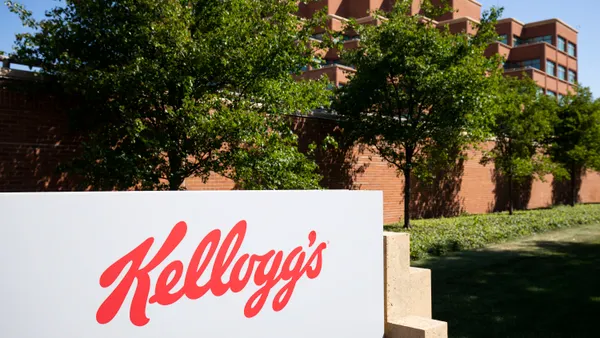Dive Brief:
- The federal government announced its alignment with plaintiffs via a planned "statement of interest" in litigation, which accuses drug makers of marketing opioids deceptively while ignoring red flags regarding their diversion for illegal usage, Reuters reported.
- Attorney General Jeff Sessions stated the government aligned with the plaintiffs to seek compensation from any company "whose illegal activity contributed" to the crisis, which according to 2016 data from the U.S. centers for Disease Control and Prevention, has cost 42,000 lives due to overdose.
- The consolidated litigation involves at least 355 suits filed by various parties and names, among others, the three largest drug distributors in the US: Amerisource Bergen Corp, Cardinal Health Inc, and McKesson Corp.
Dive Insight:
The opioid crisis is a widespread national public health emergency, felt especially acutely in my Boston area region. Our newspaper has almost daily obituaries of causalities to addiction. They are the innocents who get hooked on painkillers that were prescribed to treat sports injuries and wisdom teeth extractions. Addiction is a disease and finally being treated as one, and opioids are at its heart.
Just what responsibilities do the opioid manufacturers and distributors have in managing this disease? It turns out, plenty.
First, we need to acknowledge that opioids, while controlled substances, are not illegal drugs. Developed by drug manufacturers as a non-addictive alternative to other drugs, opioids are indeed horribly addictive, yet are still manufactured and sold in huge volumes. I’ll leave the outcry on that fact for another time.
Right now, the opioid crisis is a supply and demand issue.
Demand is finally being managed. Opioids are becoming increasingly controlled, with some states restricting the amount of medication patients can get at any one time. Medical providers are also restricting usage, limiting amounts and providing alternatives to these powerful drugs.
At the local level, things are much more in control, and those addicted have more opportunities for treatment as the stigma wanes and the realization of just how bad this situation is comes into focus.
But supply at the upper level is still being created by manufacturers and pushed through distribution channels.
If demand is being reduced, but supply remains the same or increases, where does the excess material go? The bubble of inventory has to go somewhere, and often it lands in the hands of bad actors to meet the demands of an illicit market.
It is hard to think that members of the supply chain are not complicit in this health emergency. Manufacturers and distributors have the ability to track every product they manufacture, stock and sell. It would seem that they could easily know where every pill goes. This is where the investigations come in.
I am a strong advocate for socially responsible sourcing and support the buyer’s role in working with suppliers who are socially and environmentally friendly. We increasingly do our best not to deal with suppliers who are involved with conflict minerals, human rights violations, pollution, illegal business practices or other illicit behaviors.
Imagine dealing with a company who forswears their participation in the opioid supply chain. They’d get my business.













